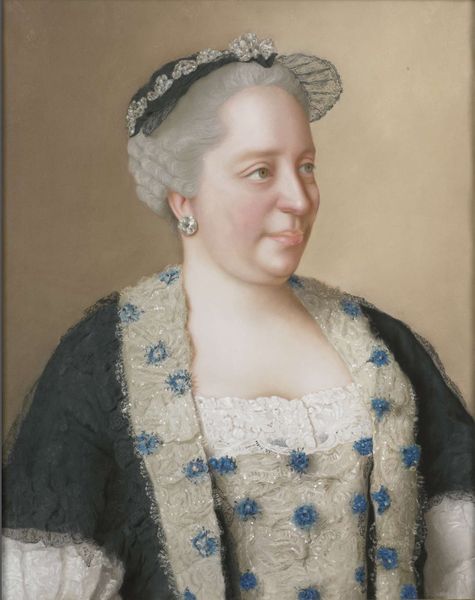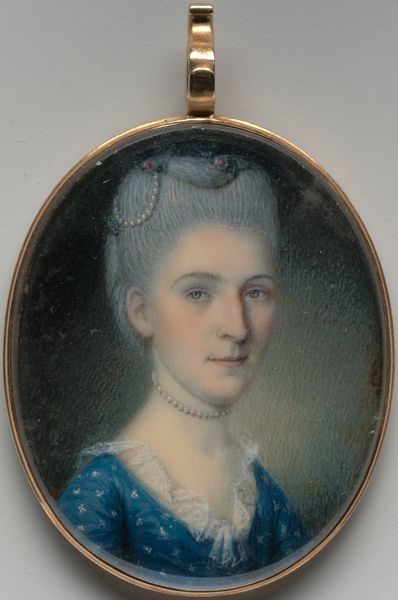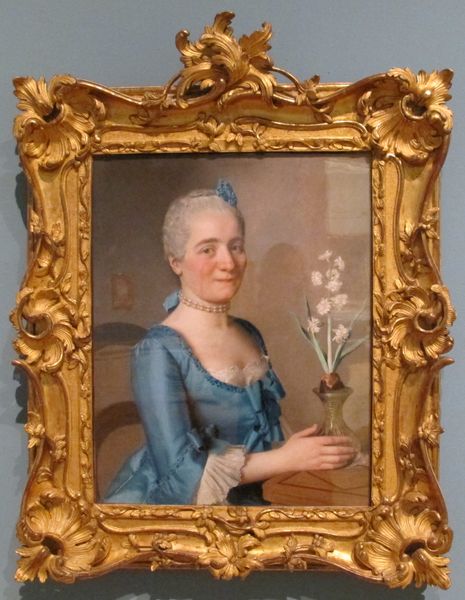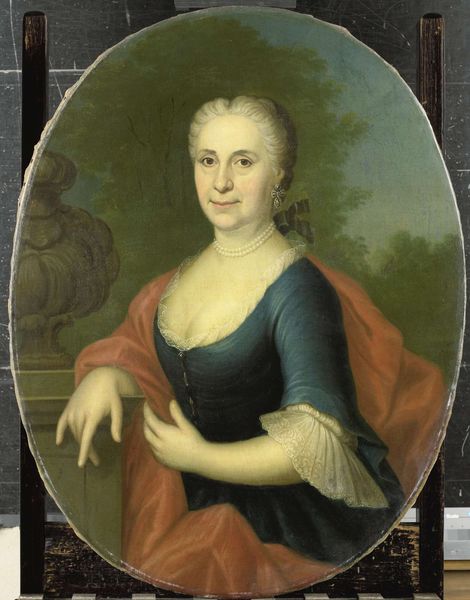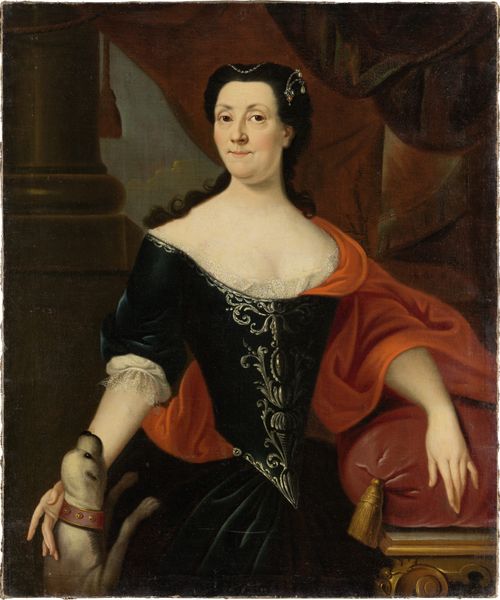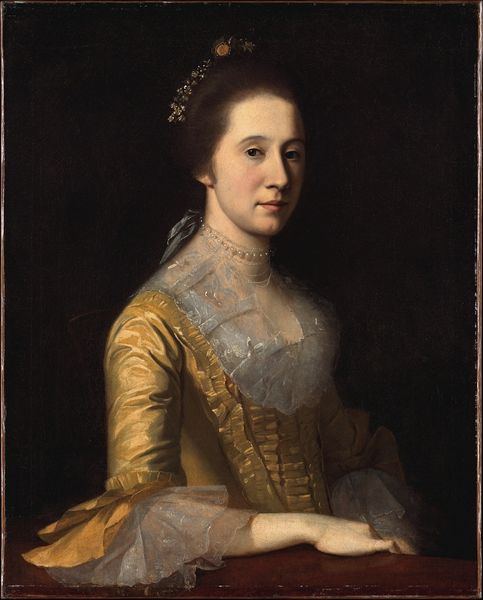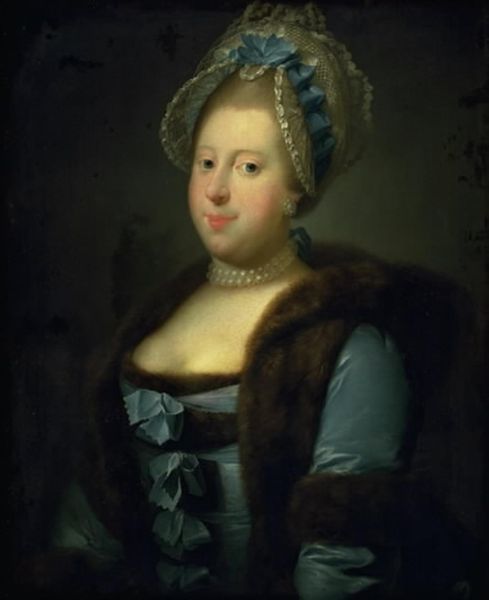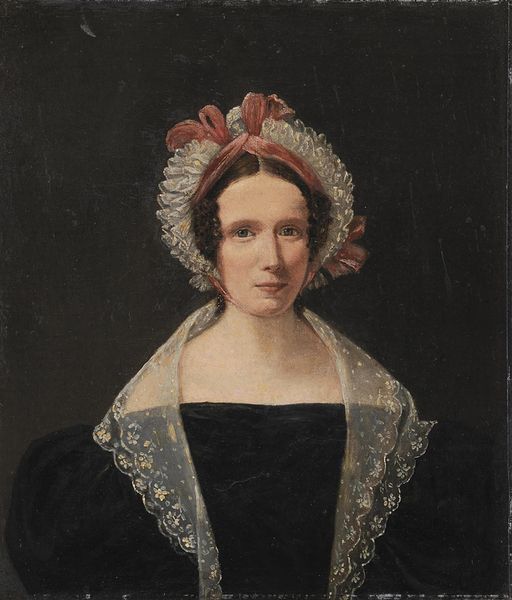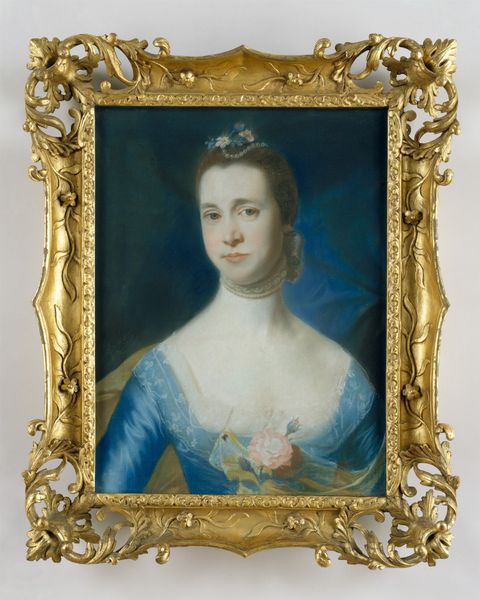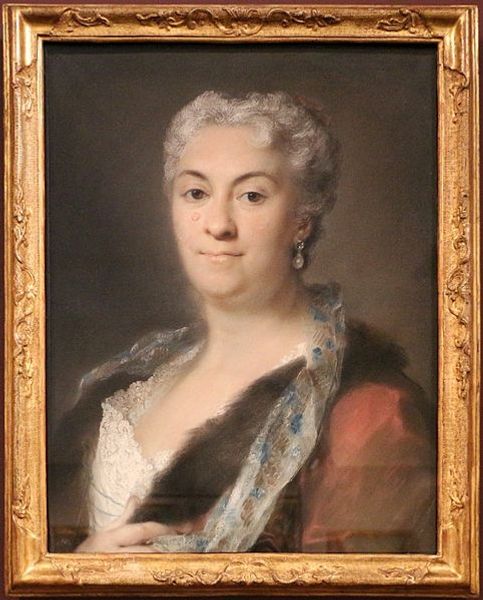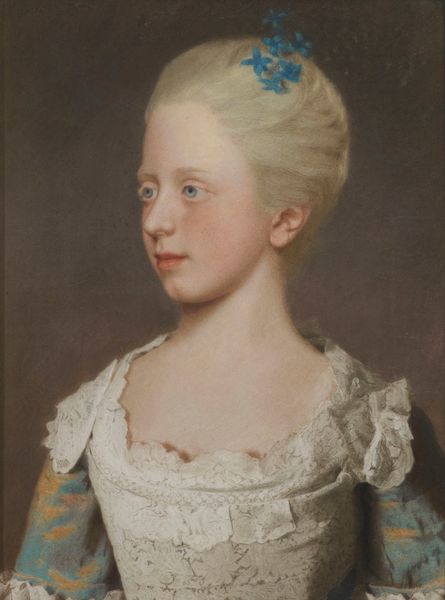
Portrait of the empress Maria Theresa of Austria 1762
0:00
0:00
jeanetienneliotard
Musée d'Art et d'Histoire, Geneva, Switzerland
#
portrait image
#
strong focal point
#
portrait reference
#
portrait head and shoulder
#
framed image
#
portrait drawing
#
facial portrait
#
portrait art
#
fine art portrait
#
celebrity portrait
Copyright: Public domain
Jean-Étienne Liotard captured Empress Maria Theresa of Austria in this pastel portrait, now held in Geneva's Musée d'Art et d'Histoire. Painted during the 18th century, this image speaks to the intersection of power, gender, and artistic representation. Consider how the Empress, a powerful female ruler in a patriarchal society, chose to present herself. Her clothing and jewelry signify wealth and status, yet the portrait avoids excessive ornamentation. Liotard's choice of pastel, a medium favored for its delicate hues, softens the Empress’s image, perhaps reflecting the Rococo era's emphasis on elegance and refinement. The portrait also reflects the complex social conditions of its time. By studying court documents, letters, and other period sources, we can better understand the social and institutional forces that shaped this portrait and its reception.
Comments
No comments
Be the first to comment and join the conversation on the ultimate creative platform.
